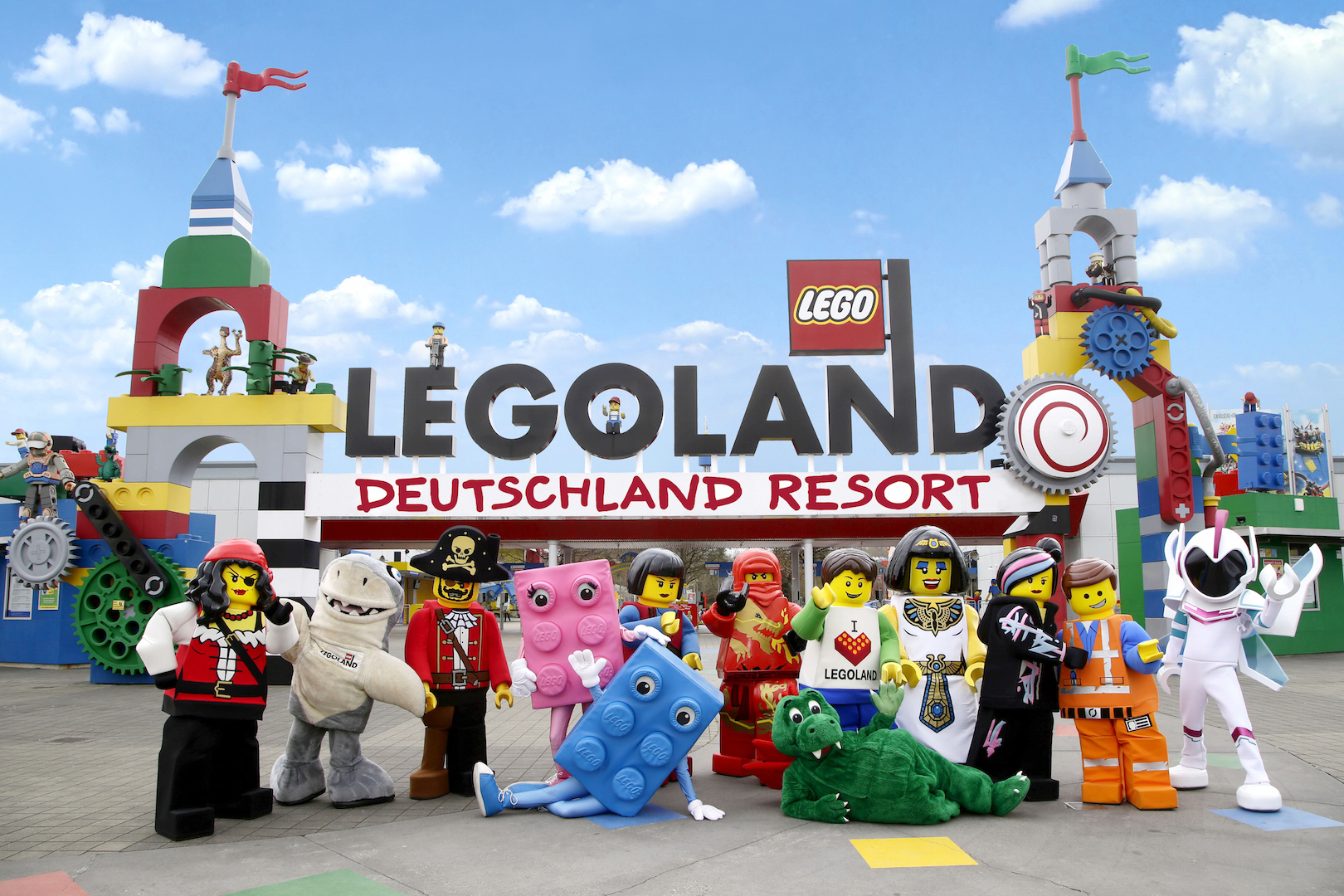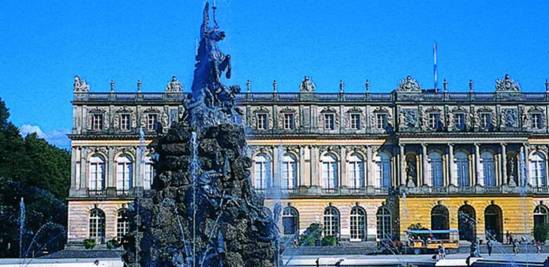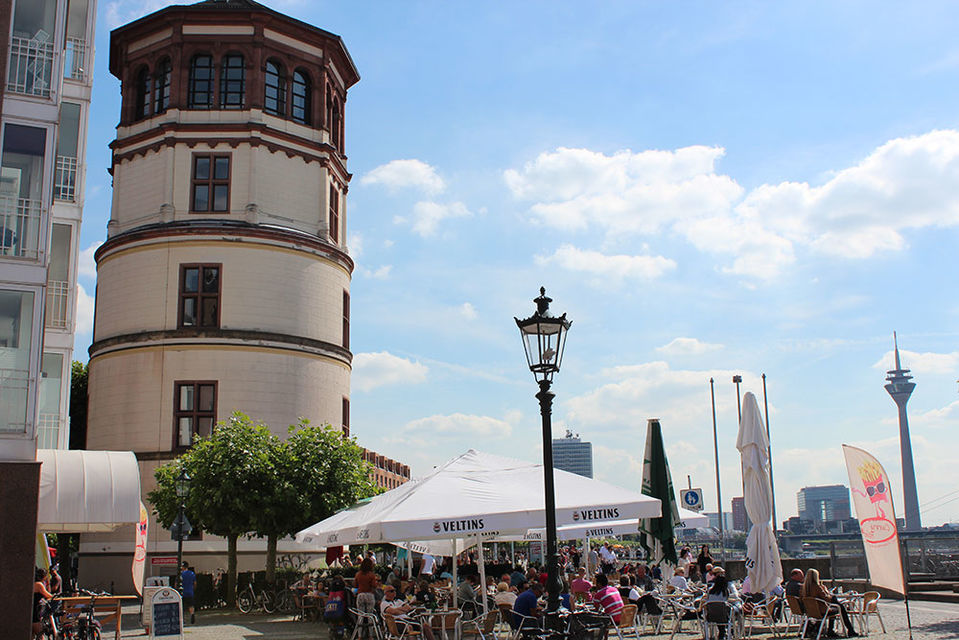Munich Travel Guide: The Heart of Bavaria and Beyond

Munich Travel Guide: The Heart of Bavaria and Beyond
Munich (München), the capital of Bavaria, is a city that masterfully blends timeless tradition with cutting-edge innovation. Known globally for the Oktoberfest, it offers a far richer tapestry of experiences, from its regal palaces and world-class art museums to its serene English Garden and vibrant beer garden culture. As a gateway to the majestic Alps and picturesque lakes, Munich serves as the perfect base for exploring Southern Germany's most stunning landscapes. This guide provides a comprehensive look at the city itself and the treasures that lie in its immediate surroundings.
Discovering Munich's City Center (Altstadt)
The Altstadt, or Old Town, is the historic heart of Munich and the logical starting point for any visit. Its compact, pedestrian-friendly core is home to the city's most iconic landmarks.
Marienplatz and the New Town Hall (Neues Rathaus)
The central square, Marienplatz, has been the city's main square since 1158. It is dominated by the magnificent Neues Rathaus (New Town Hall), a neo-Gothic masterpiece. The main attraction here is the
Glockenspiel, a clock tower with 32 life-sized figures that reenact two stories from Munich's history daily at 11 a.m., 12 p.m., and (from March to October) 5 p.m. For a breathtaking panoramic view of the city and, on a clear day, the distant Alps, climb the tower of St. Peter's Church ("Alter Peter") instead of the Rathaus tower—it's often less crowded and offers a view that includes the Rathaus itself.Frauenkirche (Cathedral of Our Blessed Lady)
The two distinctive onion-domed towers of the Frauenkirche are the defining symbol of Munich's skyline. This late-Gothic cathedral is surprisingly austere inside, a result of post-war restoration, but its sheer size is impressive. Look for the "Devil's Footprint" (Teufelstritt) legend near the entrance.
Viktualienmarkt
Just a short walk south of Marienplatz, the Viktualienmarkt is Munich's daily open-air food market. It's a feast for the senses, with over 140 stalls selling fresh produce, local cheeses, exotic spices, fish, meat, and flowers. It's also home to a popular
Biergarten where you can enjoy a classic Maß (one-liter stein) of beer amidst the bustling market atmosphere.Hofbräuhaus
No visit to Munich is complete without experiencing the world's most famous beer hall. The Hofbräuhaus, founded in 1589 by the Duke of Bavaria, is a tourist magnet for a reason. The atmosphere is rowdy, traditional, and genuinely Bavarian. Even if you only stop for one beer, the experience of the oompah band, the waitresses in dirndls, and the communal tables is unforgettable.
Royal Munich: Palaces and Museums
Munich was the seat of the Wittelsbach dynasty for centuries, and their legacy is evident in the city's splendid palaces and art collections.
Residenz
Located in the city center, the Residenz was the royal palace of the Bavarian monarchs. It is one of Europe's most significant palace museums, with a staggering 130 rooms open to the public. The treasury (Schatzkammer) houses an incredible collection of crowns, jewels, and goldsmith work, while the Cuvilliés Theatre is a rococo masterpiece.
Nymphenburg Palace
This magnificent Baroque palace was the summer residence of the Wittelsbachs. The palace itself is stunning, but the real highlight for many is the vast park surrounding it. Within the park, don't miss the Amalienburg, a hunting lodge that is a pinnacle of rococo art, and the Marstallmuseum, which displays the royal carriages, including the extravagant coronation coach of King Ludwig II.
Museum Quarter: Kunstareal
For art lovers, the Kunstareal district is a must-visit. This concentrated area hosts several world-class museums. The
Alte Pinakothek boasts an unrivaled collection of European Old Masters, including works by Dürer, Rembrandt, and Rubens. The Neue Pinakothek (currently housed in the Alte Pinakothek's modems building) focuses on 19th-century art. The Pinakothek der Moderne covers modern art, design, and architecture. For those interested in ancient history, the Glyptothek and Staatliche Antikensammlungen are dedicated to Greek and Roman sculptures and artifacts.Green Oases: Parks and Beer Gardens
Munich is one of Europe's greenest cities, and its parks are central to local life.
English Garden (Englischer Garten)
Larger than New York's Central Park, the English Garden is one of the world's largest urban public parks. It's a place for relaxation and activity. You can rent a bike, have a picnic, or simply stroll along its paths. Key sights within the park include:
Beer Garden Culture
Beer gardens are a quintessential part of Munich's culture. Originating from a royal decree allowing breweries to sell beer directly from cellars under chestnut trees (which provided shade to keep the beer cool), they are democratic spaces where locals and tourists mingle. Key etiquette tips:
- It's common to share tables. Simply ask "Ist hier frei?" (Is this free?).
- You are often allowed to bring your own food (
- Return your empty glasses to the collection points.
- Cash is king in most traditional beer gardens.
Culinary Munich: Beyond Beer and Pretzels
Bavarian cuisine is hearty and delicious. While beer is central, the food is a major attraction in its own right.
Practical Travel Information
Getting There and Around
By Air: Munich Airport (MUC) is well-connected internationally and domestically. The S-Bahn S1 and S8 lines connect the airport to the city center in about 45 minutes. By Train: Munich Hauptbahnhof (main train station) is a major European rail hub with excellent connections via Deutsche Bahn (DB). Public Transport (MVV): Munich has an outstanding public transportation system (MVV) consisting of U-Bahn (subway), S-Bahn (suburban train), trams, and buses.Accommodation
Munich is one of Germany's most expensive cities. Book well in advance, especially during major events like Oktoberfest or Christmas markets.
Day Trips from Munich: Exploring Bavaria
The area surrounding Munich is dotted with world-famous castles, historic towns, and stunning natural beauty. All are easily accessible by train or organized tour.
The Royal Castles of Neuschwanstein and Hohenschwangau
The fairytale castle of Neuschwanstein, commissioned by the "Fairytale King" Ludwig II, is Germany's most famous sight. It inspired Disney's Sleeping Beauty castle.
The Dachau Concentration Camp Memorial Site
A sobering but essential visit, Dachau was the first Nazi concentration camp. The memorial site serves as a place of education and remembrance.
The Bavarian Alps: Garmisch-Partenkirchen and Zugspitze
For breathtaking mountain scenery, head south to Garmisch-Partenkirchen, Germany's premier alpine resort town.
The Andechs Monastery
A less crowded alternative for a beer garden experience combined with a beautiful pilgrimage site. The Benedictine monastery brewery at Andechs produces some of Bavaria's best beers. You can hike up the "Holy Mountain" from Lake Ammersee or take a bus from Herrsching (the end station of the S-Bahn S8 line). The combination of faith, nature, and excellent beer makes for a uniquely Bavarian day out.
Culturally Savvy: Events and Local Insights
Oktoberfest
The world's largest Volksfest (people's fair) runs for 16-18 days from late September to the first weekend in October.
Christmas Markets (Weihnachtsmärkte)
From late November until Christmas Eve, Munich transforms into a winter wonderland with over 20 Christmas markets. The main market on Marienplatz is magical with its giant Christmas tree and festive lights. Don't miss the medieval market at Wittelsbacherplatz or the pink "Pink Christmas" market at Sendlinger Tor for an alternative vibe.
A Note on Local Customs
"Grüß Gott" ("God greet you") is the traditional Bavarian greeting. While "Hallo" is also fine, using "Grüß Gott" will be appreciated as a sign of respect for local culture. Punctuality is highly valued. When toasting with beer, it's customary to look your companions in the eye and clink glasses firmly with a hearty "Prost!".
A journey to Munich offers more than just a checklist of sights; it’s an immersion into a culture that values Gemütlichkeit—a feeling of warmth, friendliness, and good cheer. Whether you're raising a stein in a bustling beer hall, wandering through a silent royal palace, or gazing at alpine peaks from a city train, Munich leaves a lasting impression of timeless charm and vibrant life.

